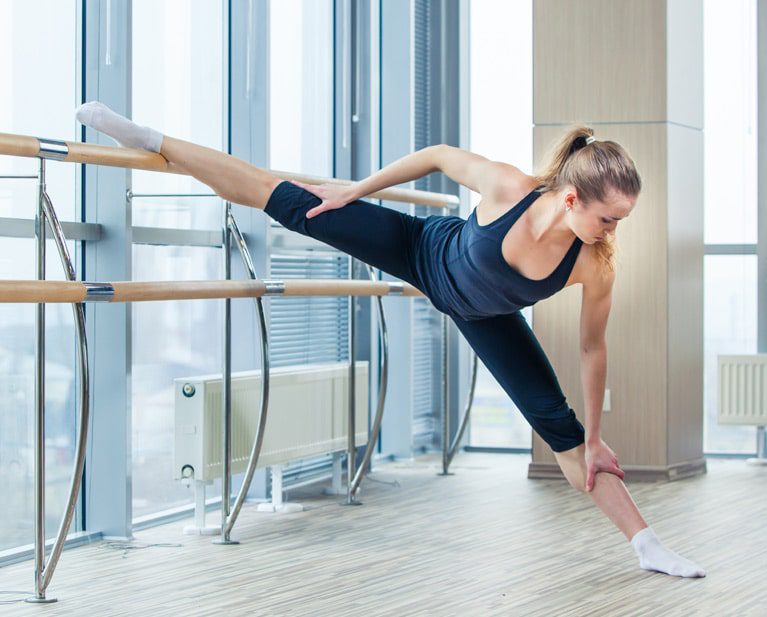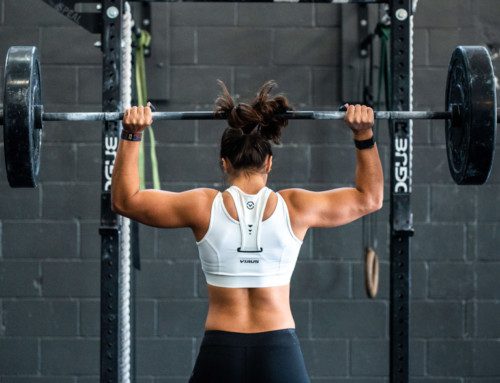As can be the case with any athlete, dancers are susceptible to a wide range of injuries. While specific types of dances put you more at risk for traumatic injuries, it's also normal for injury to develop in less physically straining movements due to the repetitive nature of dance.
Such injuries can range from nagging aches to severe pain that forces dancers to take a break to allow their body to heal.
Common Causes of Dance-Related Injuries
As stated above, most dance injuries are the result of overuse, not trauma. The average dancer may experience ankle sprains and ACL tears as well as knee pain, hip pain, and lower back pain.
Factors that contribute to these injuries:
- Frequency of training, classes. and performances
- External conditions (i.e., hard floors, required shoes depending on the type of dance)
- Prior history of injury
- Lack of cross training
- Nutritional deficiencies
Our Prevention Tips
Luckily, there are a myriad of ways to help prevent these types of overuse injuries in dancers. Some preventive activities include:
- Practice proper warm-up & cool down techniques
- Drink plenty of water
- Focus on proper form during routines
- Avoid dancing and performing through pain
- Cross training with emphasis on functional exercises
Why Cross Training Matters
While it is clearly essential to practice the specific dance moves you'll be performing, it's just as important to make sure your body is strong in other movement patterns, too. This will not only allow for less repetitive movements, but it will also ensure that the muscles you use while dancing are strong enough for the activity.
Targeted core, glute and static, and dynamic single leg stability work can be key in preventing injury in dancers. By providing the necessary muscular support in these muscle groups, there will be better control of the movements throughout the lower extremities. As a result, dancers will be less likely to undergo stress that could ultimately result in injury.
As experts in movement, your SetPT therapists observe the complex movement patterns involved in dance routines and help improve strategies that allow for greater injury prevention success. If you're interested in a personalized evaluation and program, don't hesitate to reach out to your local SetPT today!





